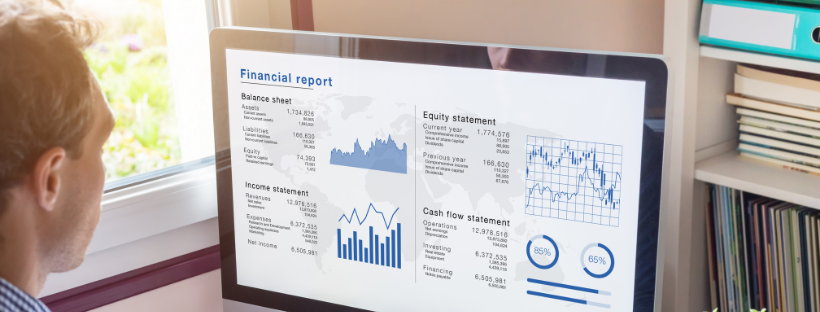Bookkeeping Tips for Architectures
You have a strong eye for structure and design as an architect. You may have spent years in school mastering the skill of drafting, but you were most likely never taught the value of bookkeeping. It might be difficult to run your own architectural practice. Dealing with several projects, job locations, and contractors might keep you constantly on the move. Trying to keep all of this structured while still having a clear understanding of your finances and the health of your business may be challenging.
Fortunately, we have some crucial advice that can assist you in keeping your records in order and allowing you to not only construct structures but also your business.

1. Transfer to the cloud
It may be tempting to manage your books using a programme you are currently familiar with. Many small company owners instantly turn to Excel to handle their accounts; unfortunately, this is sometimes a costly error. It not only lacks the capabilities required by your architectural company, but it is also prone to faults.
Moving to cloud-based accounting software is one of the finest things you can do to enhance your bookkeeping process. You will be able to do the following using a cloud-based system:
- Remote access to all of your financial data. This means you can rapidly access information whether on the road or at a job site using your laptop or smartphone.
- Integrate with additional cloud-based applications to easily track and manage all of your funds, personnel, and job sites from a single location.
- You may have your files automatically backed up so you never have to worry about losing important data.
- Collaborate with outside bookkeepers and accountants to provide them with quick access to all of the information they need, without the stress of going through reams of papers.
A great cloud-based accounting software application should be simple to use, link effortlessly with your project management software, and aid you with project tracking and task costing. QuickBooks Online is an outstanding example of such a product.
2. Go Paperless
Going paperless is not only good for the environment, but it is also excellent for business. Keeping endless paper copies of invoices, receipts, and other documents may be inconvenient and take up a lot of storage space.
Accounting software allows you to send digital invoices to your clients through email, removing the need for hardcopies and facilitating speedier payment. Dext Prepare and HubDoc, for example, may help with expenditure management responsibilities by letting you to scan invoices and expense receipts to the cloud. As a result, there is less need for human data entry. All you have to do is snap a photo of the receipt and then throw away the original copy.
3. Keep your books up to date
It is all too simple to get behind on your bookkeeping processes. The rigours of handling several tasks on a daily basis might make it difficult to find time to handle your books as well. By keeping your records up to date, you will always have a clear picture of your projects and overall profitability. While you may not appreciate the financial aspects of operating your business, it is critical that you address your books on time.
4. Hire a professional bookkeeper
If you’re having trouble keeping your books up to date, you might want to consider hiring a professional bookkeeper to handle your day-to-day bookkeeping. You will be able to maintain your books up to date and reduce errors if you outsource this work. Some bookkeepers can even assist you with your payroll needs, freeing up even more time for you to focus on more important aspects of your business.
5. Simplify your billing procedures
You can speed up the payment process by streamlining your invoicing procedure and ensuring that your clients completely understand their rates. All of your bills should include detailed explanations for each line item as well as pricing breakdowns for all services.
Your bills should clearly identify the payment method, pertinent financial information, and currency, and they should be issued at regular intervals so your customers know when to expect them and can budget accordingly. All of this will help to avoid any misunderstanding that may be slowing down your accounts receivable process and so affecting your cash flow.
6. Maintain a tight check on your receivables
Keeping track of your receivables is one of the most important components of managing your cash flow. Software like as QuickBooks Online can let you create digital invoices and distribute them to clients. When an invoice is approaching its due date, it may also send out automated email reminders. Then, using Rotessa, you can set up pre-authorized debits and automatically take funds from a client’s bank account.
Keep a check on your receivables to determine if any clients are late on making a payment, allowing you to issue repeated reminders. If they continue to drag their feet and money is delayed to arrive, don’t be afraid to cease working on their project.
When your books are in order, you always have a clear picture of your financial condition. You can immediately detect cash flow concerns as they develop and put plans in place to rectify them before they become out of hand. By properly maintaining your books, you will be able to better manage your projects, generate clear and accurate budgets and timetables, and position yourself for future growth.
Mindspace Outsourcing Services is here to assist you if you need further advice on how to enhance your bookkeeping procedures or if you need assistance from an experienced expert. Our staff of bookkeepers and accountants can assist you in managing your architecture firm’s bookkeeping and accounting needs. Contact us today to find out how we can assist you.


